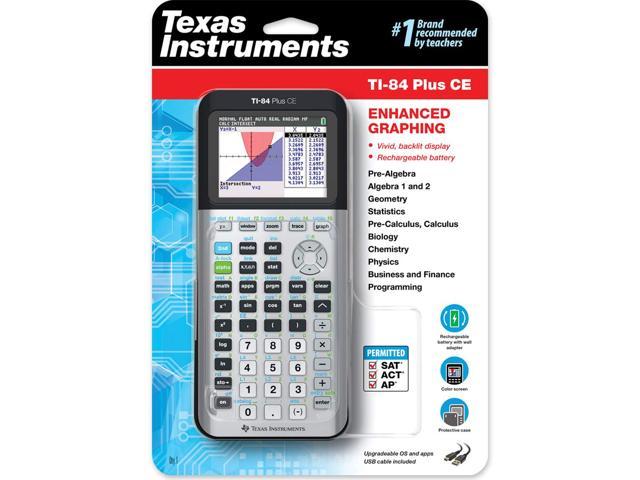

Positive numbers being entered are cash inflows while negative numbers being entered are cash outflows. The reason for this is to keep the direction of the cash flow straight. Financial calculators mostly follow the Cash Flow Sign Convention. Did you notice that we entered the 100 in PV as a negative number? We actually did that on purpose.The future would have come out to 100.501 had you entered 0.10 which is obviously not correct. The reason for this is that the calculator automatically divides any entered number on the I% line by 100. We placed 10 rather than 0.10 when we entered the interest rate.It will be much easier for you if you can remember to change these (1 for annual compounding, 12 for monthly compounding, etc) to the appropriate values for each problem. It’s not really necessary because these can be seen on the screen at all times. Ensure that the payments per year (P/Y) and compounding periods per year (C/Y) is set to 1.It doesn’t matter whether you entered the numbers in order or not.Don’t forget to set any variables not in the problem to 0 because if you don’t, they will be included in the calculation. You just have to press Alpha Enter so you can get the answer. You can solve these problems by simply entering the variables that you know on the correct lines and then scroll to the line for the variable you wish to find a solution with. You have a 4-variable problem and were given 3 of them (N, I%, and PV) and were required to find a solution for the 4th (FV), in this case. These variables will always give you 3 or 4 and will be asked to find a solution for the other.

They correspond to the 5 basic financial keys. There are either 4 or 5 variables in every time value of money.You then just have to scroll to the FV line and press Alpha Enter in order to find the future value. You can then start entering the data as shown in the table below: Field Then, press the Apps button, choose the Finance menu (or you may also press the 1 key), and then choose the TVM Solver (or you may also press the 1 key). Make sure that you put the calculator into the TVM Solver mode before you enter the data. In this problem, here are the things we know: Once this time period ends, how much money would Mark have accumulated? Let’s start by working on a very simple problem that will teach you some skills and will help you solve financial math on the TI-84:Įxample 1: Mark has $100 to invest for a period of 5 years with a 10% interest rate per year. Be sure to check the FAQ section as well. The TI 84 Plus, however, offers more financial functions in the Finance menu. In this tutorial, we will be using a lot of the TVM Solver. If you’ve done all of that successfully, congratulations! You can now start using your calculator. Lastly, exit the menu by pressing 2nd MODE. You can then use the right arrow key so you can highlight the 5 and then press Enter. You can change the display by pressing the MODE key and then the down arrow key just once. Since the displays of this calculator only have two decimal places by default, it’s highly recommended that you set it up into having five decimal places. Before you start using TI 84 Plus, there is just one thing that you need to adjust.


 0 kommentar(er)
0 kommentar(er)
